Egyptian Mythology
-
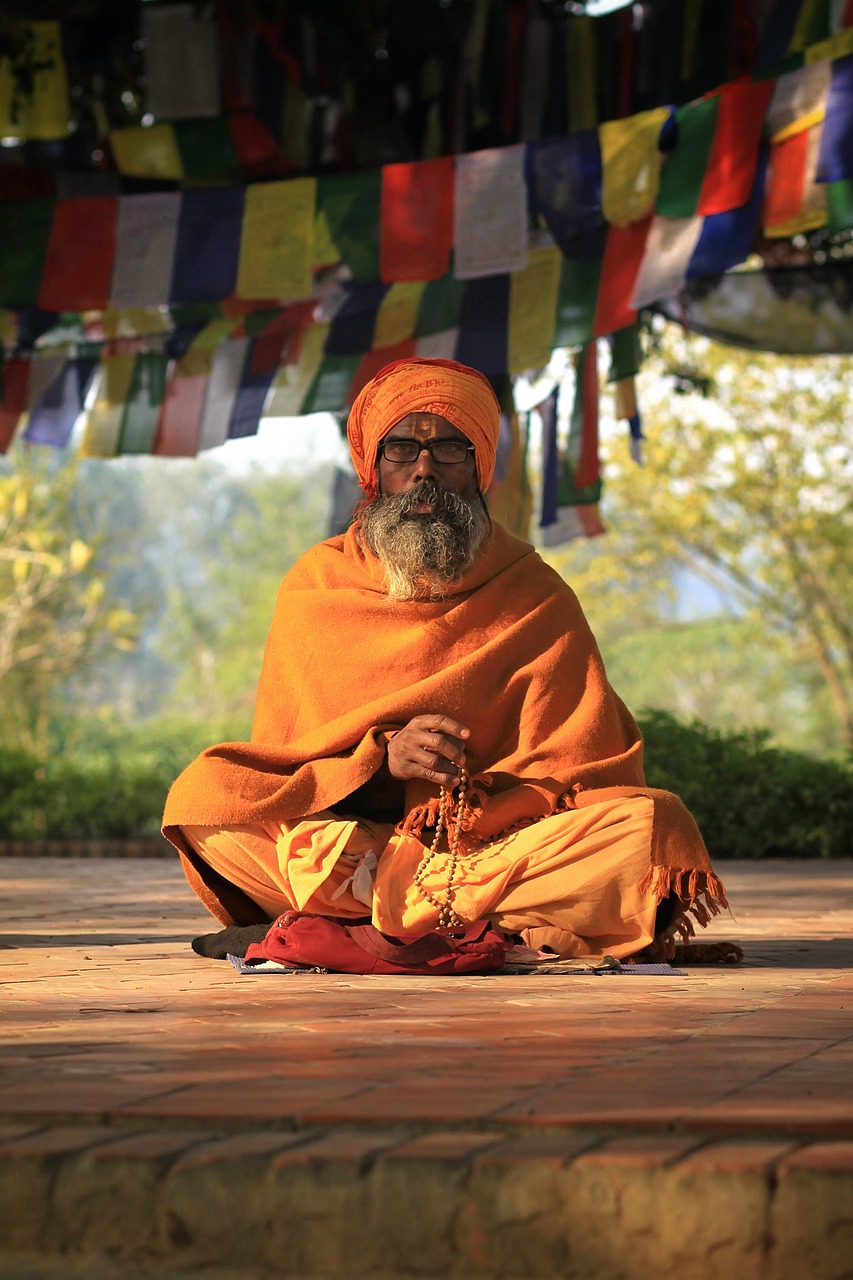
The Khonsu Temple, located in the southwestern area of the Amun-Ra precinct at Karnak, dates back to the reign of Ramses III (1186-1155 BC) and is dedicated to Khonsu, the son of Amun and Mut. This temple faces the Luxor Temple, linked by a recently uncovered avenue of sphinxes. Although its dimensions are modest (approximately…
-
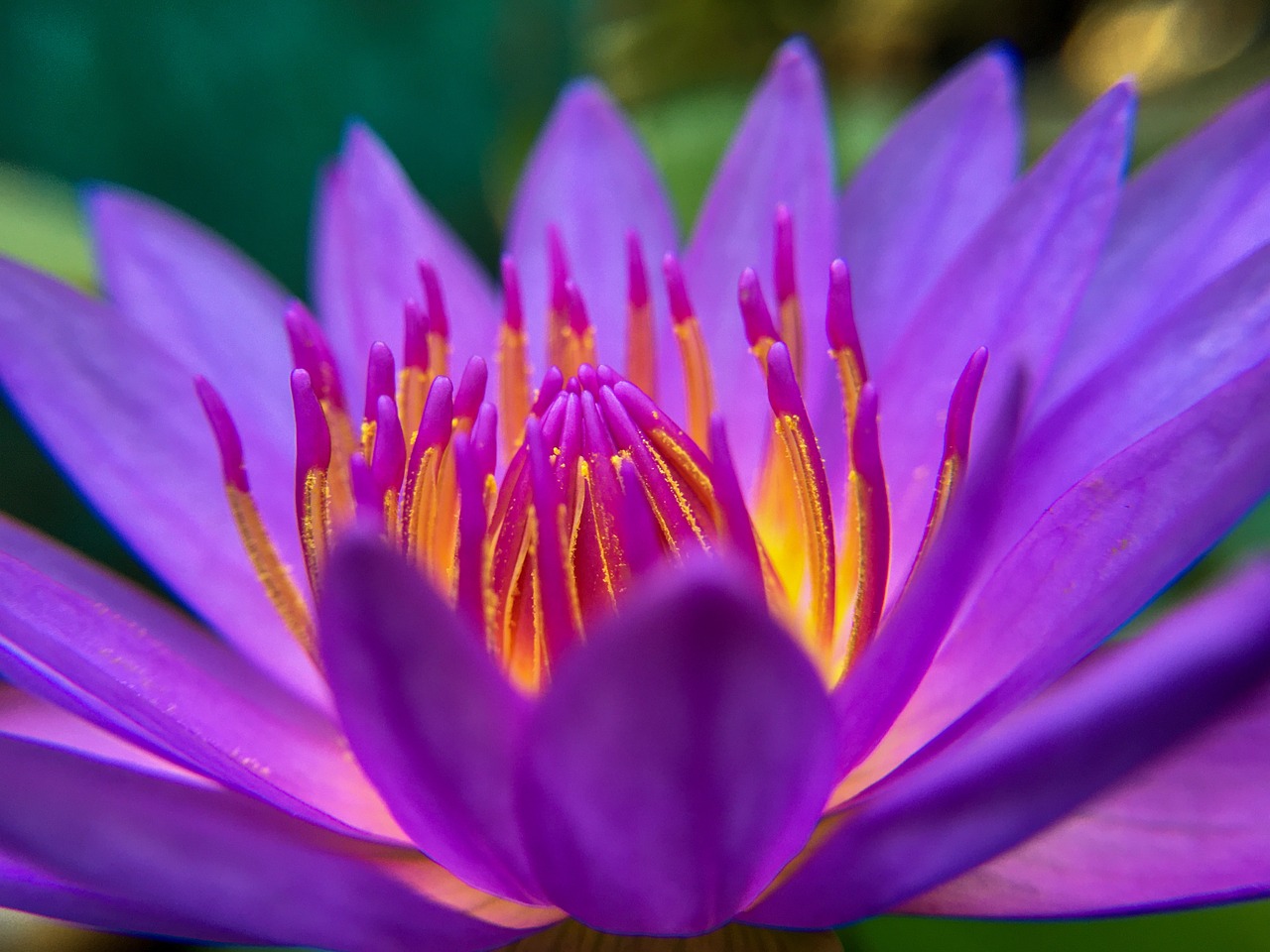
Tefnut, known as Tphênis in Greek, is a multi-faceted goddess in ancient Egyptian mythology. She is recognized as the offspring of Atum, the twin sister and companion of the air god Shu, and the mother to the earth god Geb and the sky goddess Nut. Her representations often depict her with the head of a…
-

Overview of Ancient Egyptian Religion Ancient Egyptian religion encompasses the indigenous spiritual beliefs of Egypt from its earliest days in the Predynastic period to the fading of traditional practices in the early centuries of the Common Era. This belief system evolved alongside Egyptian society, intertwining with their customs and culture over a span of more…
-
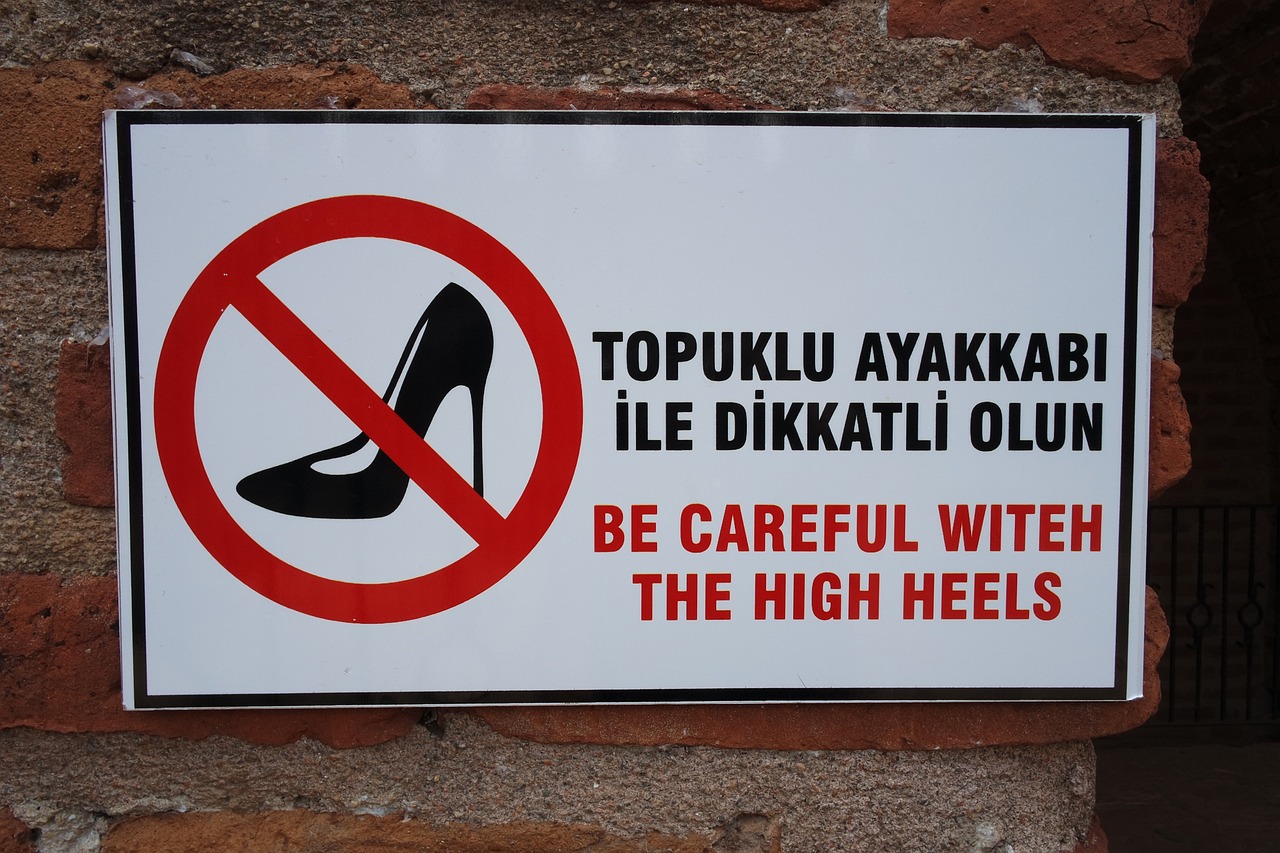
The ancient Egyptian pantheon featured a diverse array of deities, each closely integrated into the daily lives of the people. The gods and goddesses fulfilled specific roles associated with key aspects of existence such as death, birth, seasonal changes, agriculture, and luck. The Egyptians engaged in worship practices that included offering reverence and sacrifices to…
-
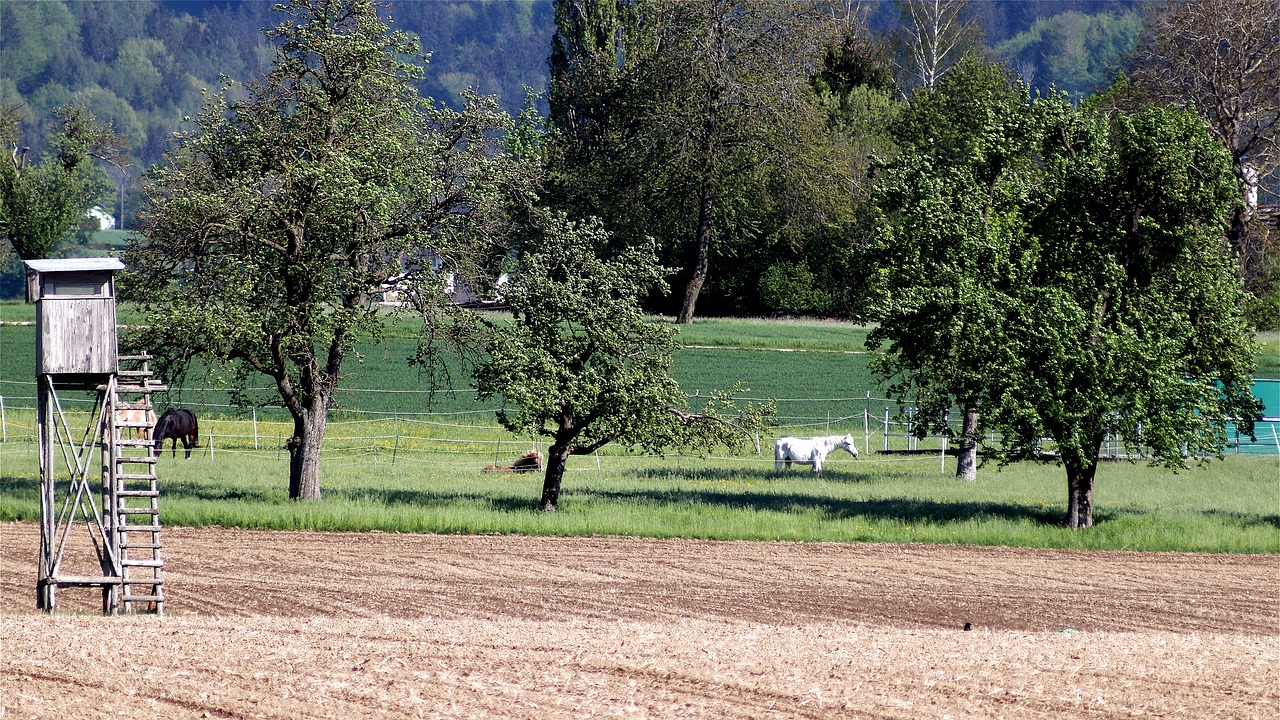
Aker, also referred to as Akeru, stands out as one of the earliest deities in ancient Egypt, predating many other earth gods such as Geb. He served as a personification of the horizon and held a vital role as the protector of the eastern and western horizons in the afterlife. Aker was responsible for opening…
-
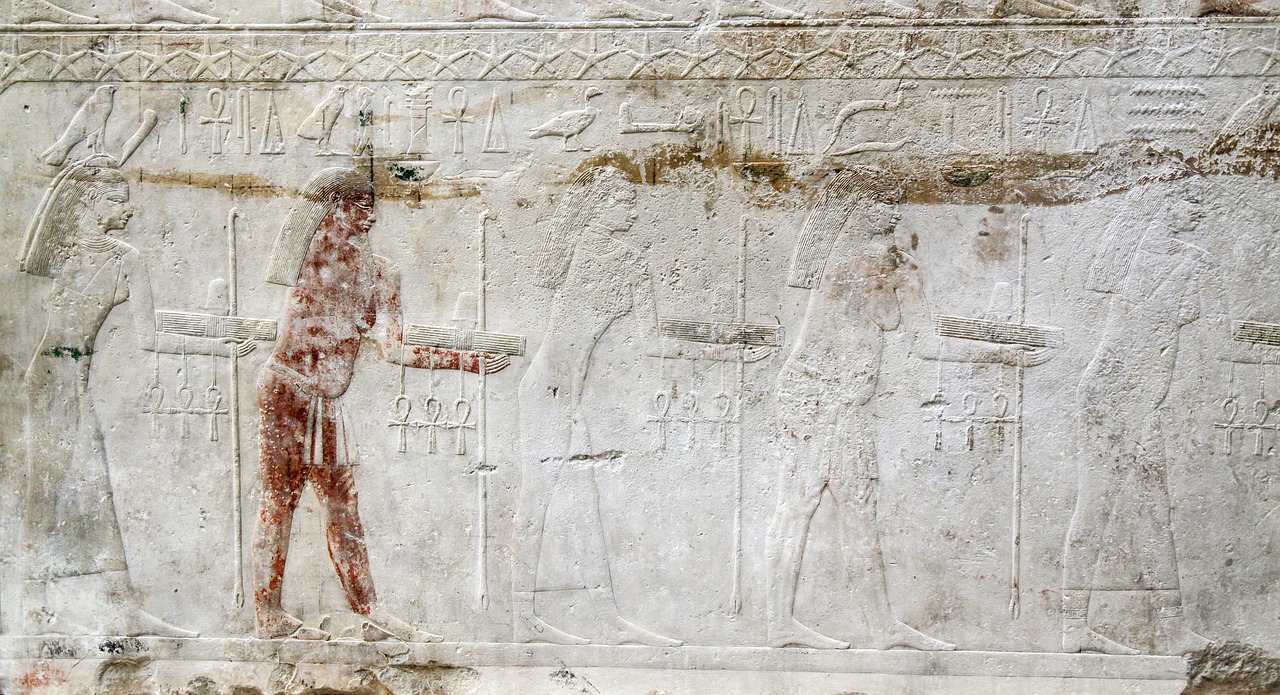
Ancient Egyptian religion represents the deep-rooted spiritual practices and beliefs that persisted from prehistoric times through to the fading of traditional culture in the early centuries of the Common Era. It is crucial to understand that Egyptian religious practices were woven into the fabric of society starting from approximately 3000 BCE, reflecting a comprehensive system…
-
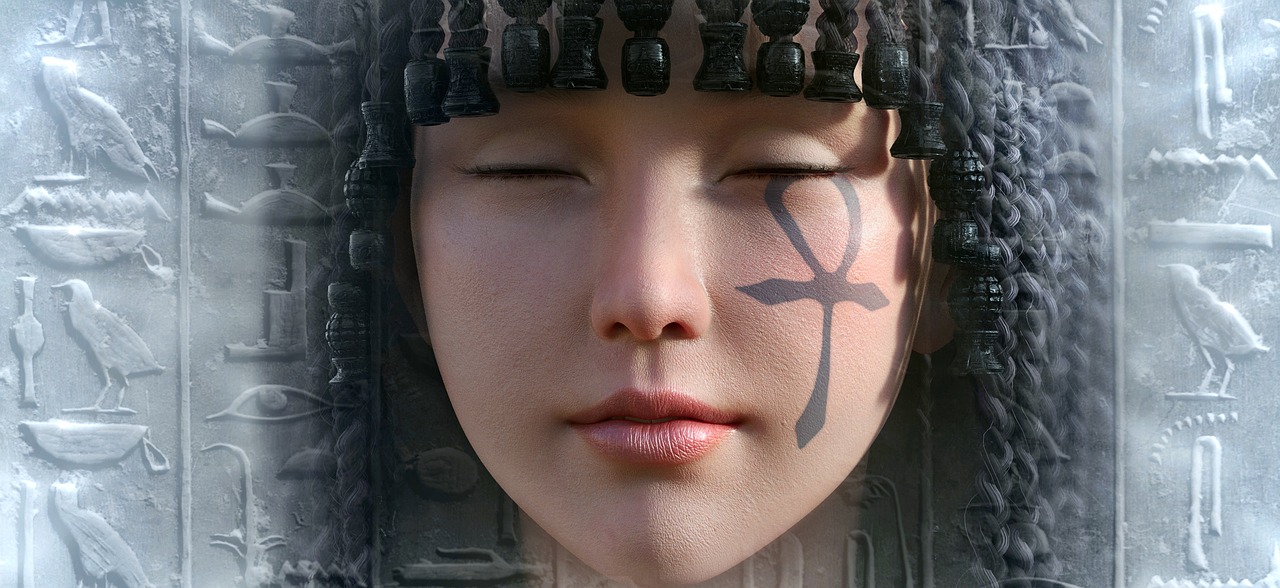
Exploring Ancient Egyptian Religion: Key Elements and Practices Understanding Ancient Egyptian Religion Ancient Egyptian religion encompasses the indigenous beliefs that prevailed in Egypt from the predynastic era of the 4th millennium BCE until the gradual loss of these traditions in the early centuries CE. This belief system emerged alongside the establishment of the Egyptian state…
-
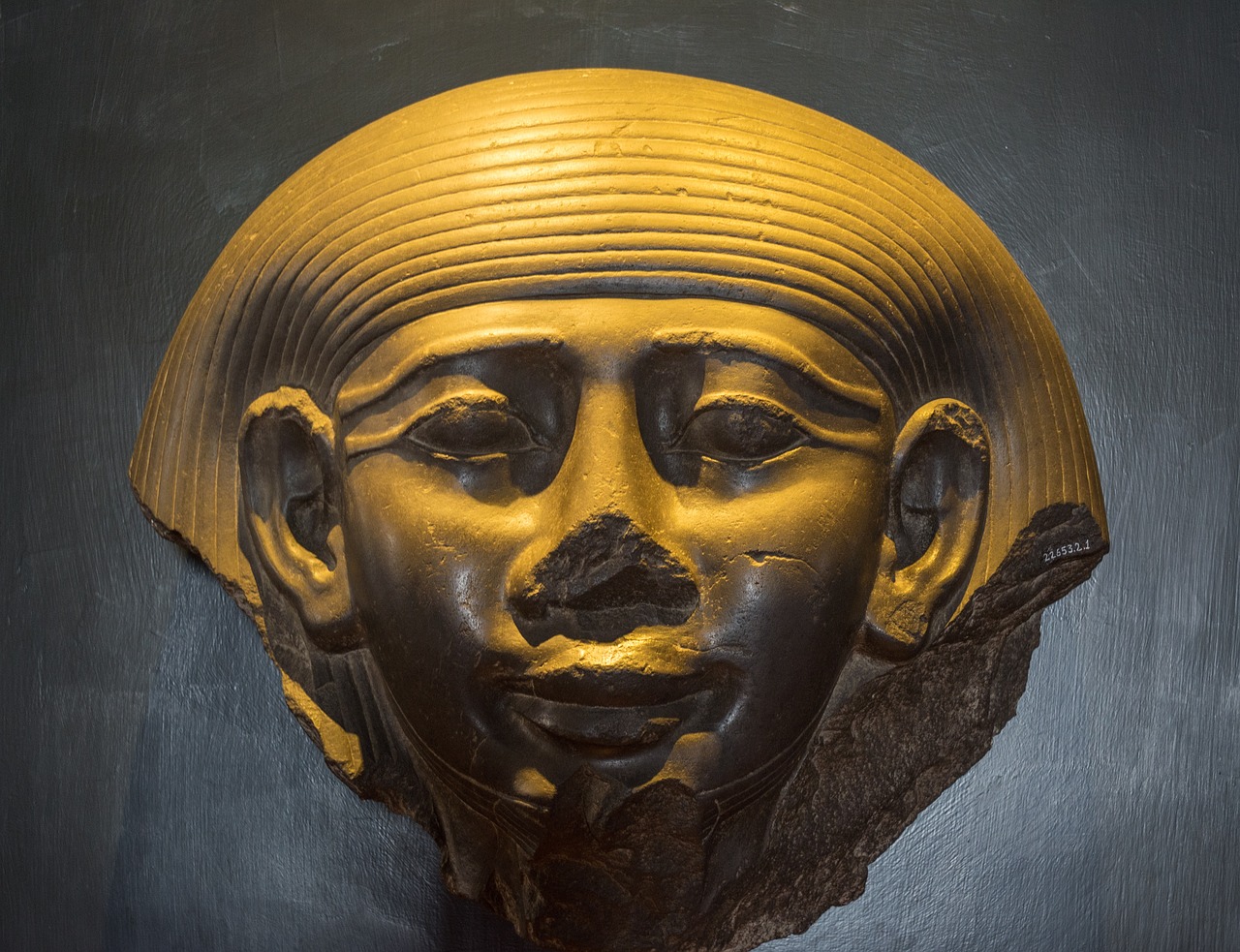
Ancient Egyptian religion encapsulates the indigenous beliefs of Egypt, extending from predynastic times in the 4th millennium BCE to the eventual decline of traditional culture in the early centuries CE. For a comprehensive understanding of this historical context, one may refer to the broader history of Egypt. Nature and Importance The ancient Egyptians integrated their…
-
Montu, also known through various names such as Mentu, Monthu, and Montju, emerged as a significant deity in ancient Egyptian religion, symbolizing both the sun and warfare. His name is believed to originate from a term that signifies nomads. His principal centers of worship included the Theban nome, particularly in regions like Armant, Madu, Tod,…
-
Sekhmet, the venerated goddess of war and healing in ancient Egypt, occupies a unique position among the divine figures of the time. Serving as the patron goddess of healers and physicians, Sekhmet was revered for her capability to inflict disease and offer cures. She was both feared and worshipped, embodying the dual forces of destruction…


